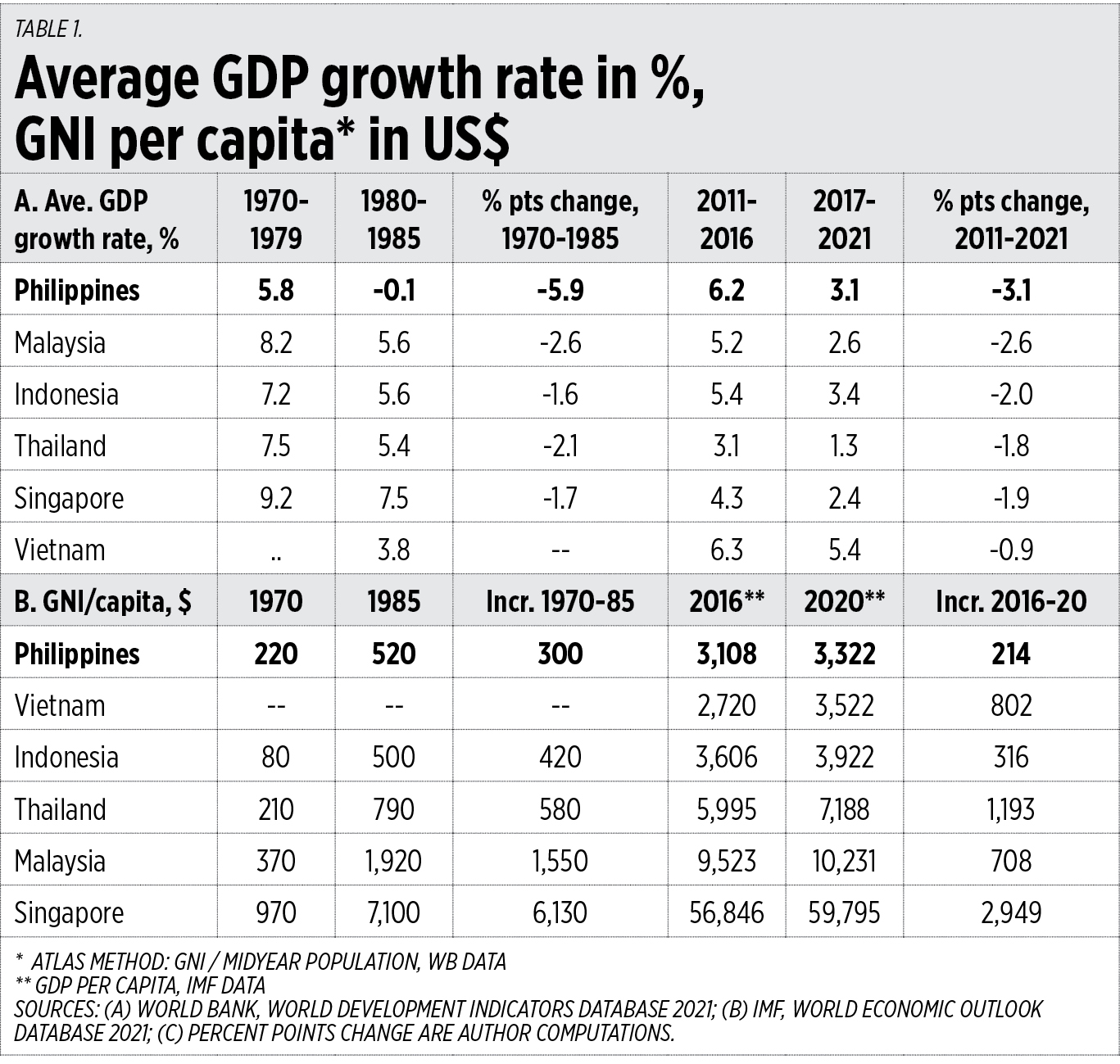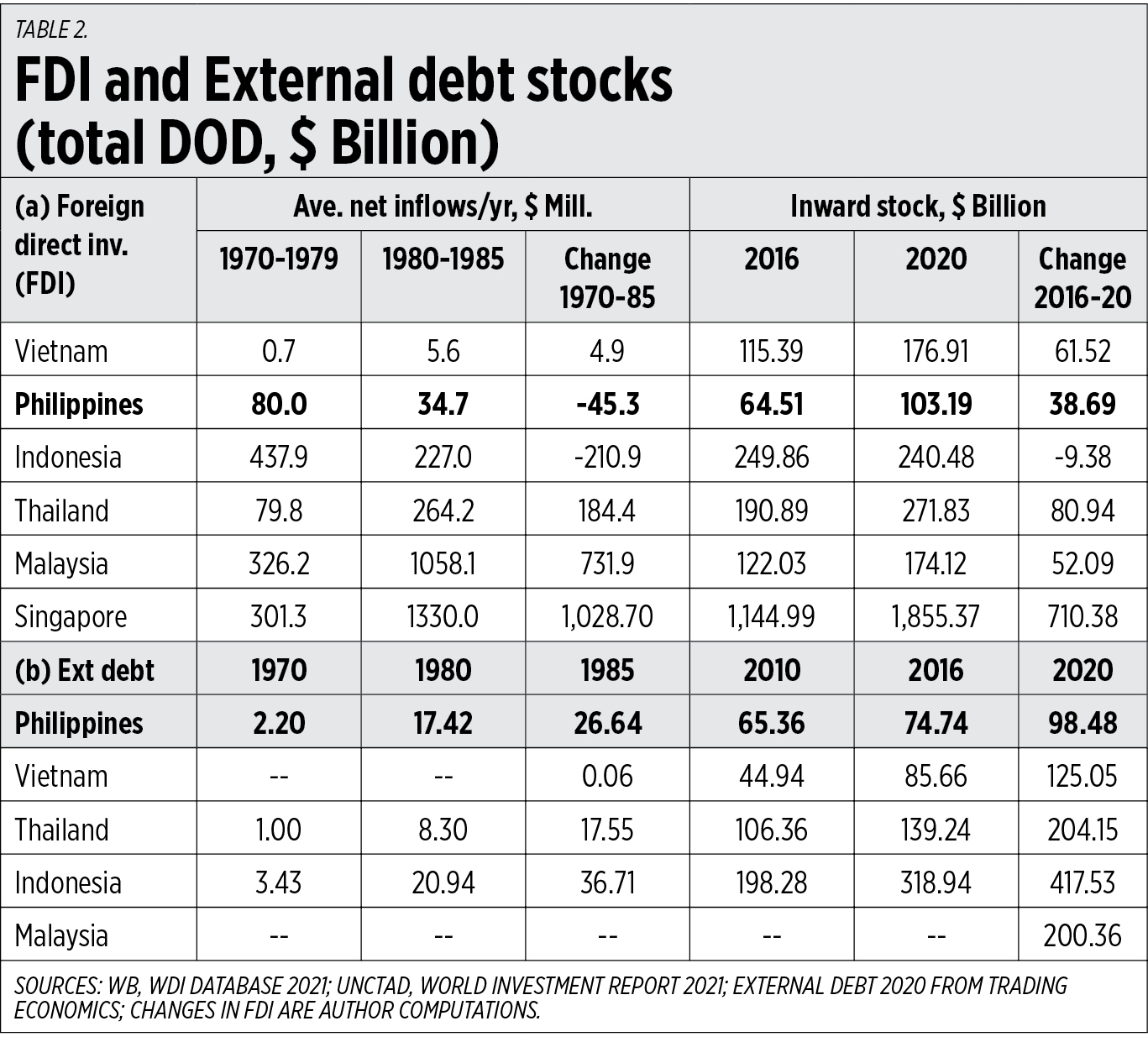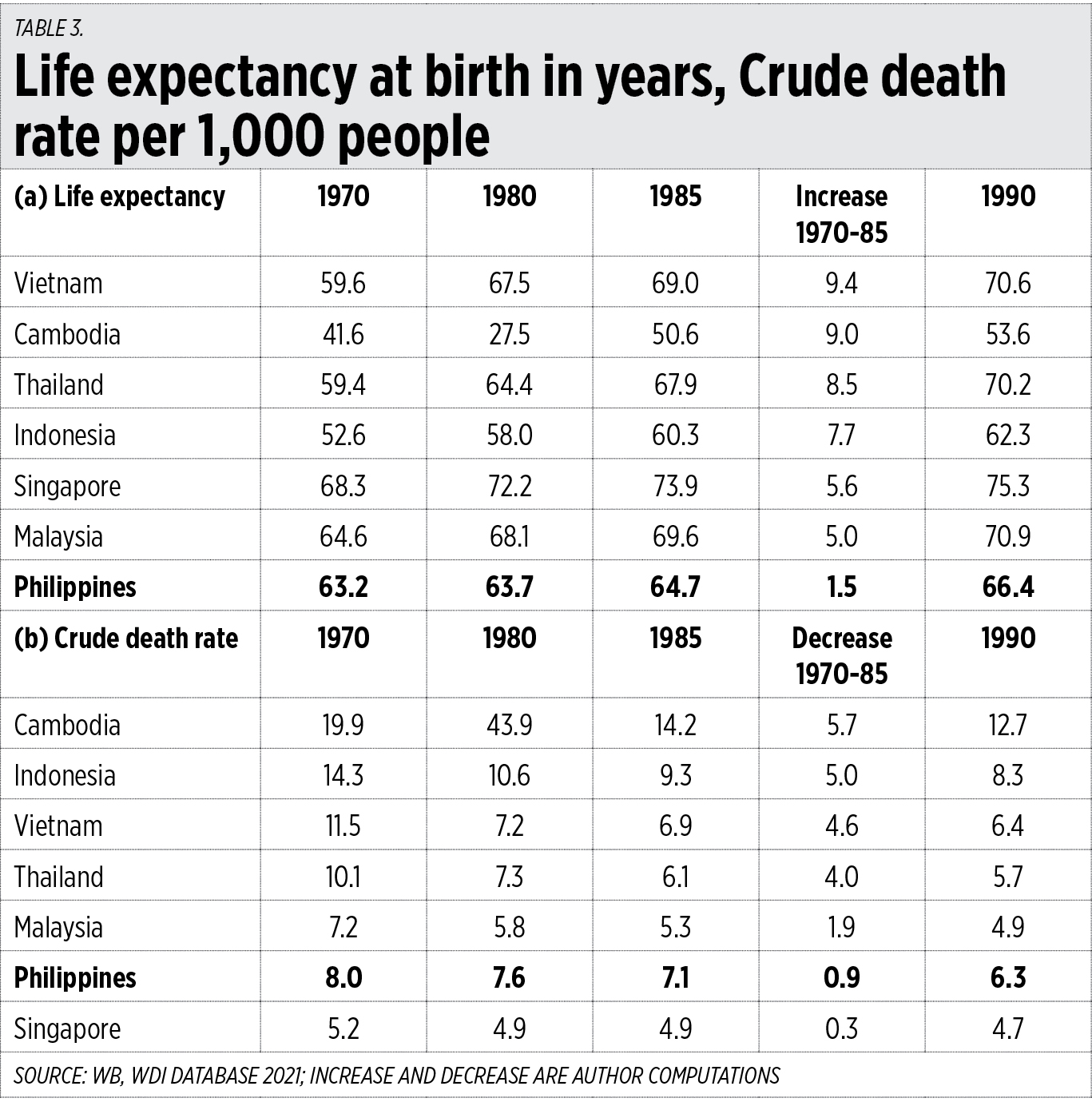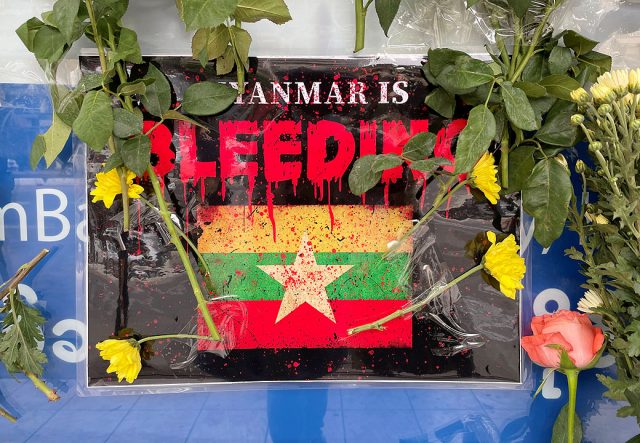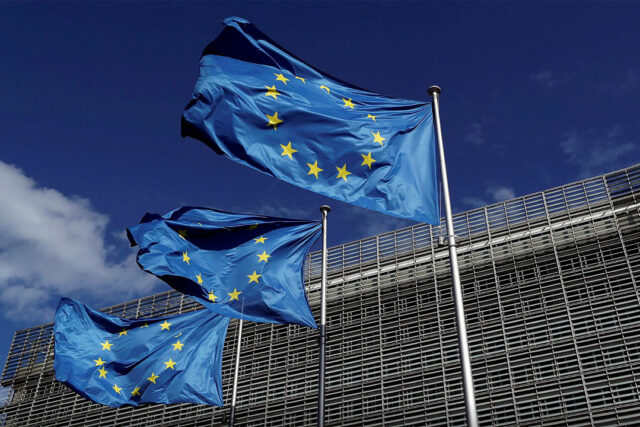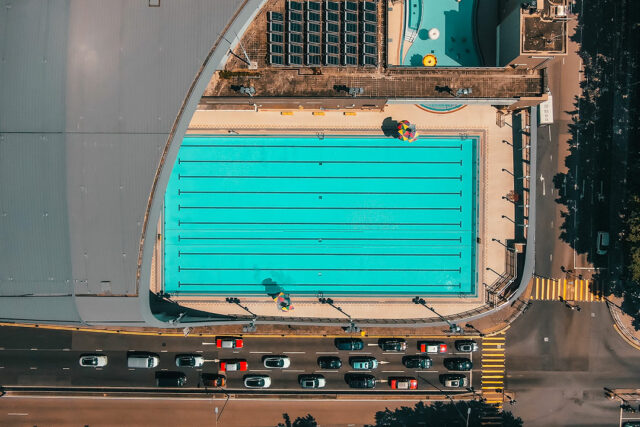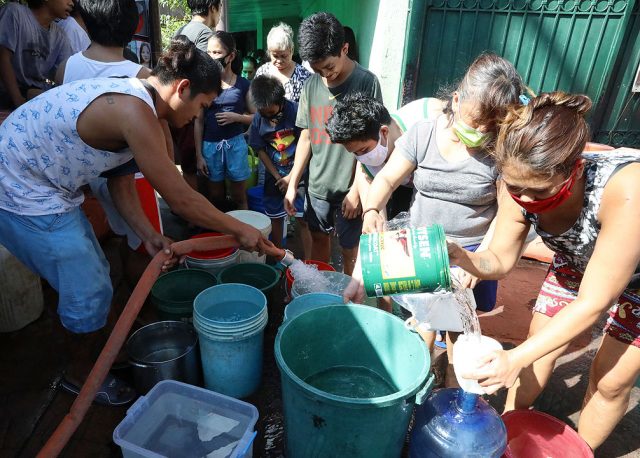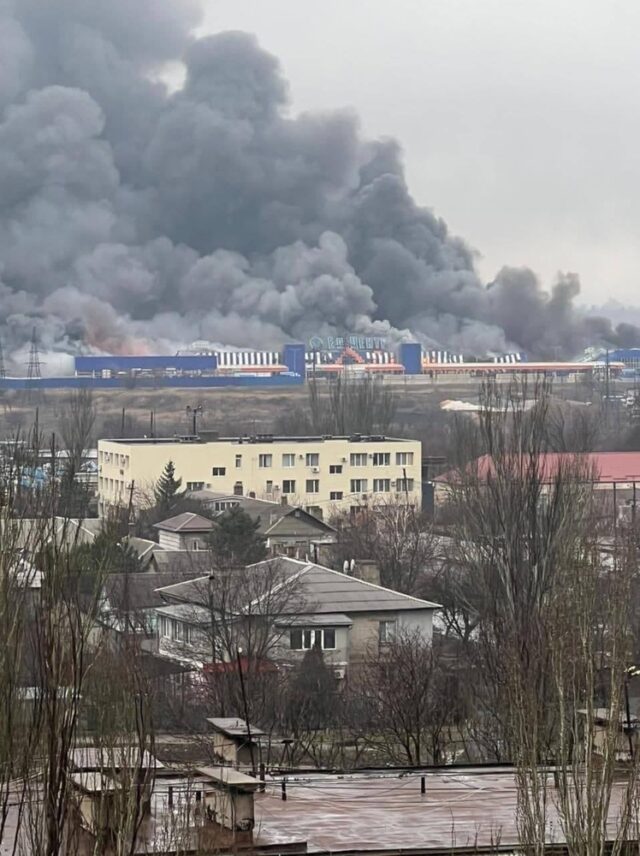A campaign of disinformation
Among the claims made in support of the Bongbong Marcos (BBM) and Sara Duterte tandem, candidates for President and Vice-President of UniTeam, is that the Philippines under former President Ferdinand Marcos was the “golden age” of peace and prosperity, and that the Philippines under the current administration of President Rodrigo Duterte is doing well. True or false?
False. And here are the facts and numbers.
One, the average annual GDP growth in the 1970s of the Philippines was only 5.8%. In contrast, our neighbors in the ASEAN (Association of Southeast Asian Nations) had higher growth over the same period: Indonesia’s growth was 7.2%, Thailand was 7.5%, Malaysia was 8.2%, and Singapore was 9.2%.
Then from 1980-1985, the last six years of the Marcos administration, the Philippines’ average annual GDP growth was -0.1%, a contraction. In contrast, our ASEAN neighbors performed better. Even Vietnam which had emerged from a brutal civil war and US invasion in the 1970s, managed to grow at 3.8%.
Two, the fast growth during the Benigno Aquino III administration of 6.2% a year decelerated under Duterte in 2017-2019, capped by a huge contraction of -9.6% in 2020, the worst in Asia even though the same COVID-19 virus affected all countries. So, in percentage points change, the Philippines under Duterte administration has had the largest, or the worst reduction among the ASEAN-6 or the major economies of the region.
Three, the increase in the gross national income (GNI) per capita from 1970 to 1985 was lowest in the Philippines, only $300 over 15 years, while our neighbors had $420 and up.
Four, the increase in GDP per capita from 2016 to 2020 was lowest in the Philippines, again, at only $214 while that of our neighbors ranged from $316 to nearly $3,000 (see Table 1).
Five, when considering foreign direct investment (FDI) in 1980-1985, the Philippines had very low FDI net inflows of only $35 million/year while Indonesia attracted $227 M/year, Thailand got $264 M/year, and Malaysia and Singapore got more than $1 billion/year. Foreign investors and their local partners were uncertain or scared of the business environment under Marcos then.
Six, when considering FDI inward stock (inflows less outflows through the years), the Philippines got an increase of $39 billion from 2016 to 2020. While this is better than Indonesia’s -$9 billion, it was lower than the rest of the ASEAN-6 which got $52 billion and up.
Seven, looking at external debt stock, the Philippines’ foreign borrowings expanded quickly, from $2.2 billion in 1970 ($0.60 billion in 1966) to $27 billion in 1985. A lot of the big infrastructure projects during Marcos period — the CCP complex, NLEx, the good roads to Ilocos Norte, etc. — were funded not via domestic revenues but via heavy foreign borrowings.
Eight, external borrowings mellowed after Marcos was gone, increasing only $48.7 billion over 31 years (from $27 billion in 1985 to $74.7 billion in 2016). But Duterte restarted heavy borrowings in 2018-2019, and much bigger loans in 2020, with external debt reaching $98.5 billion that year (Table 2). More borrowings today mean higher taxes tomorrow.
Nine, the “golden age” of peace during the Marcos Martial Law period would likely refer to the peace of the dead. The average life expectancy of Filipinos in 1970 was 63.2 years, which marginally increased to 64.7 years in 1985, or an increase of only 1.5 years over a 15-year period. During that same period, Indonesians had an increase of 7.7 years, Thais 8.5 years, and Vietnamese 9.4 years.
This very low increase in life expectancy of Filipinos under Ferdinand Marcos may mean that either many people were poor and sickly and died young, or that many adults were murdered. Or perhaps fewer babies were born because many fathers disappeared or had been killed.
During the Pol Pot regime in Cambodia in the 1970s, life expectancy went from 41.6 years in 1970, down to 18.9 years in 1977. He murdered millions of his own people, affecting the overall life expectancy downwards. Ferdinand Marcos’s regime did not reach Pol Pot’s barbarity but his political and military path was trying to approximate it.
Under post-Marcos governments life expectancy rose quicker, hitting 66.4 years in 1990, a 1.7-year increase in five years.
And 10, considering crude death rate per 1,000 people, the Philippines under Marcos had one of the highest rates in the ASEAN with eight in 1970, declining marginally to 7.1 in 1985, or a decrease of only 0.9 deaths per 1,000 people over 15 years. In contrast, Thailand experienced a decrease of four, Vietnam of 4.6, Indonesia had a decrease of five, Cambodia 5.7. (Cambodia had a remarkable improvement after Pol Pot was toppled in 1978. Its life expectancy rose from 27.5 years in 1980 to 50.6 in 1985, and its crude death rate improved from 43.9 per 1,000 in 1980 to 14.2 per 1,000 in 1985)
Things improved only when the next administration came to power (Table 3).
Overall, the claims that the Philippines had a “golden age” of peace and prosperity during Ferdinand Marcos’ presidency, and that things have greatly improved under the Duterte administration, are false, dishonest, and deceptive.
The economy was bad, the average Filipinos were living less healthy lives compared to their many neighbors in the ASEAN. So many people died during the Martial Law years that life expectancy was generally flat and the crude death rates hardly declined.
There is a campaign to change people’s perception of the reality of the past and present by pushing myths of a “golden age.” That Bongbong Marcos and Sara Duterte refuse to participate in live debates suggests to many members of the public that it is because they cannot truthfully support the myths if confronted with them in these forums. The actuations, or the lack thereof, of the candidates in the face of untruths can be considered a foreshadowing of the future. Therefore, they and their other candidates should not win.
Bienvenido S. Oplas, Jr. is the president of Minimal Government Thinkers.


